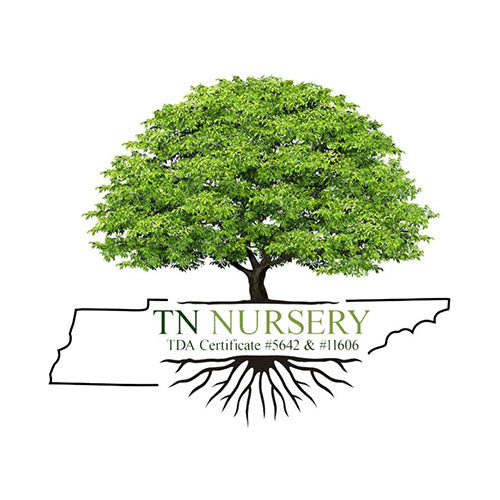Giants of the Forest
Beech trees, scientifically known as Fagus, are among the hardwood family's most iconic and majestic members. These towering giants have long captured the imagination of nature enthusiasts, artists, and scientists alike. With their impressive height, wide-ranging hardiness, and unique ecological contributions, beech trees have earned a special place in the world of trees and forests.
The Enchanting Height of Beech Trees
One of the most striking features of beech trees is their impressive height. These trees can reach towering heights of 50 to 70 feet, making them stand out in many forest ecosystems. The mature beech tree's canopy provides shade and shelter to a range of flora and fauna that thrive beneath its branches. Beech trees' tall stature allows them to compete effectively for sunlight in densely packed forests. They often have a distinctive straight trunk with branches spreading horizontally, forming a characteristic beech tree silhouette that can be easily recognized even from a distance. The leaves, which are deciduous and alternate along the branches, form a dense canopy that turns striking shades of yellow, orange, and red during the fall season, adding to their visual appeal.
Hardiness Zones 4-9: Beech Trees' Wide Range
Another remarkable aspect of beech trees is their adaptability to various climates. Beech trees are hardy in U.S.D.A. Hardiness Zones 4-9, encompassing a broad swath of North America. This adaptability to varying climates is a testament to the resilience of beech trees. In Zones 4-9, beech trees can be found in temperate and subtropical regions, from the eastern United States to parts of Europe and Asia. They can thrive in various soil types but prefer well-drained, slightly acidic soils. Beech trees are often used in landscaping in these zones, adding a touch of elegance and shade to gardens, parks, and residential areas.
The Bark: A Haven for Fungi, Mosses, and Lichens
The bark of beech trees plays a fascinating ecological role as well. Beech tree bark is remarkably smooth and thin, light gray or silver-gray. However, its unique micro-environment for various fungi, mosses, and lichens makes it truly remarkable. The smooth texture of beech bark creates an ideal surface for these organisms to establish themselves. Fungi, in particular, find a cozy home on the bark, forming intricate patterns and adding to the tree's visual allure. Some fungi that colonize beech bark are crucial decomposers in forest ecosystems, breaking down dead organic matter and returning nutrients to the soil. Mosses and lichens, sensitive to environmental changes, thrive on beech bark's stable and protective surface. These organisms are essential in soil stabilization and nutrient cycling in forest ecosystems. The intricate interplay between beech trees and the communities of organisms residing on their bark adds a layer of complexity to the forest ecosystem.
The Legacy of Beech Trees
Beech trees have a long and storied history in human culture and ecology. In Europe, beech trees have been revered for centuries for their wood, which is prized for its hardness and durability. Beechwood has been used to construct furniture, tools, and musical instruments. Its fine grain and light color make it a sought-after material for various applications. Beech trees also hold ecological importance as a critical component of many forest ecosystems. They provide habitat and sustenance for a wide range of wildlife. For instance, the beechnut, a small, triangular nut produced by beech trees, is a crucial food source for various animals, including deer, squirrels, and birds. This nutritious nut helps sustain these animals through the lean winter months. Furthermore, beech trees contribute to the overall health of forests by providing shade, reducing soil erosion, and releasing oxygen through photosynthesis. They also enhance the beauty of forests with their striking appearance, making them a favorite subject for artists and photographers.
Conservation and Challenges
While beech trees have adapted to various climates and environments, they are not immune to the challenges posed by climate change, diseases, and pests. Beech bark disease has devastatingly impacted beech populations in certain regions, leading to the decline of these majestic trees. Conservation efforts are crucial to safeguard the future of beech trees. Monitoring the spread of beech bark disease, protecting natural habitats, and planting disease-resistant beech tree varieties are all part of ongoing conservation initiatives to preserve these remarkable trees for future generations.
Beech trees, with their towering heights, wide hardiness range, and unique ecological contributions, are undeniably one of the forest's treasures. Their smooth bark, adorned with fungi, mosses, and lichens, adds complexity and beauty to the natural world. As we learn more about their significance in ecosystems and human culture, it becomes evident that beech trees are indeed giants worth celebrating and protecting. Their legacy is intertwined with the forests they inhabit, leaving an indelible mark on the landscape and our collective consciousness.
